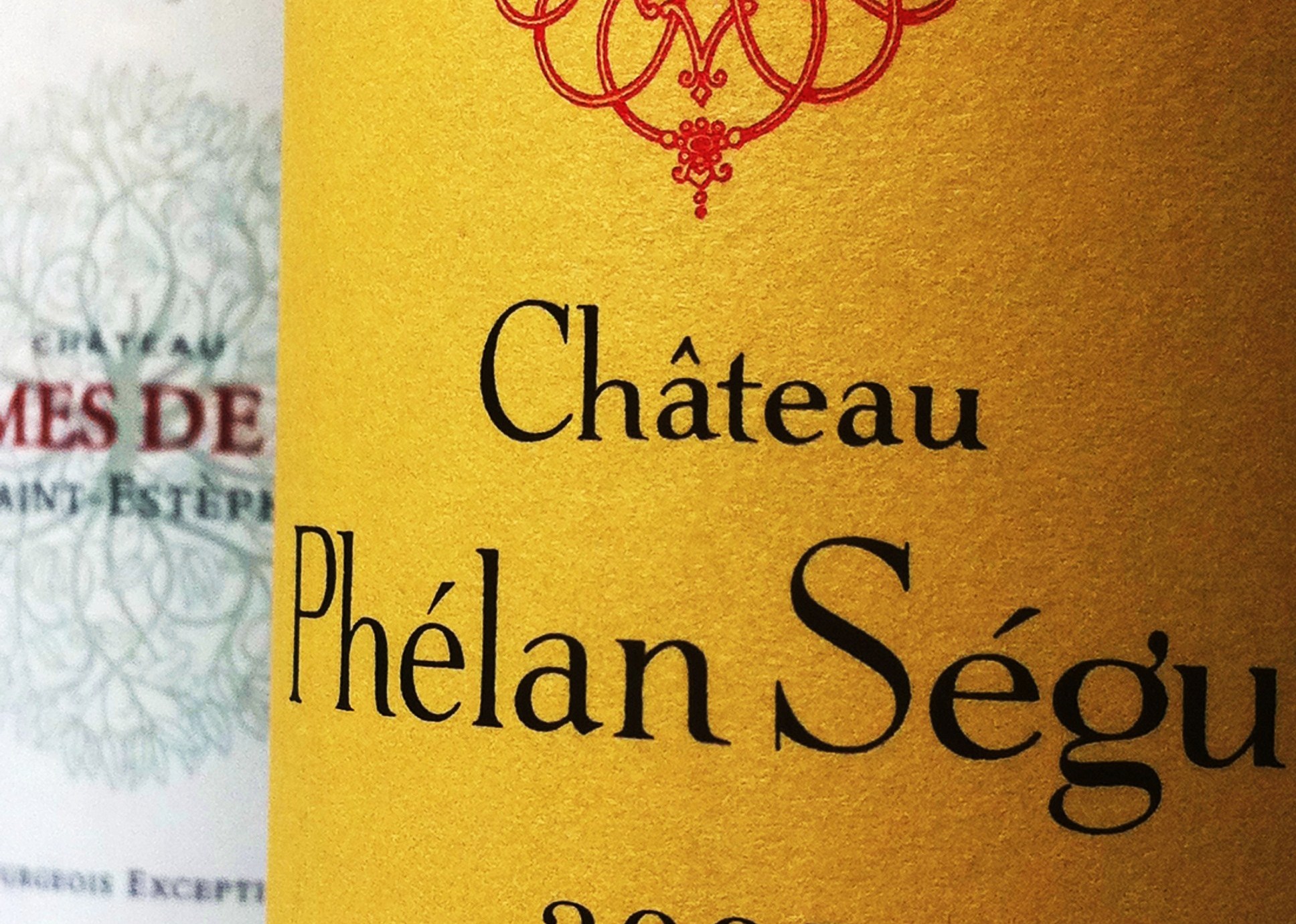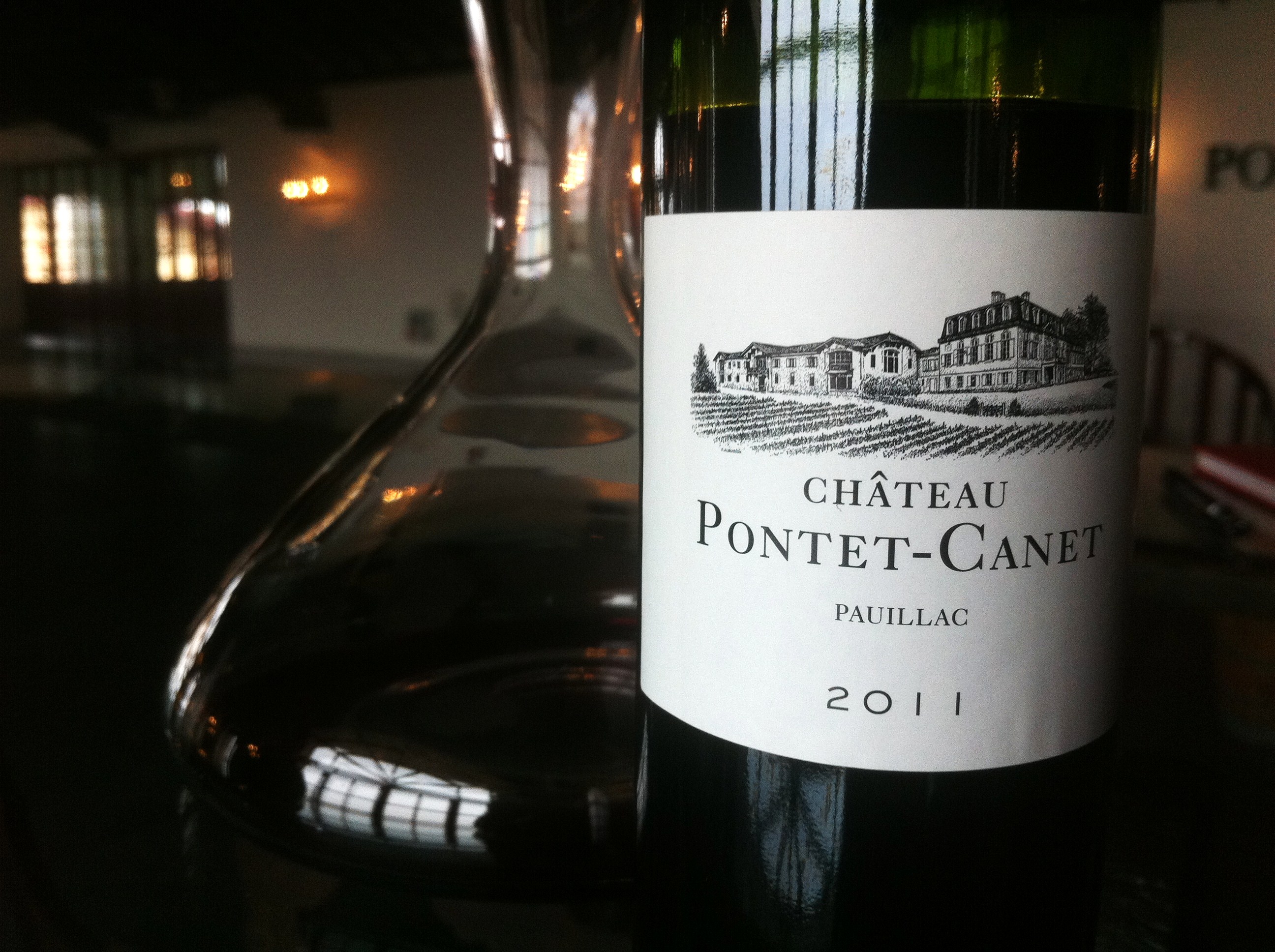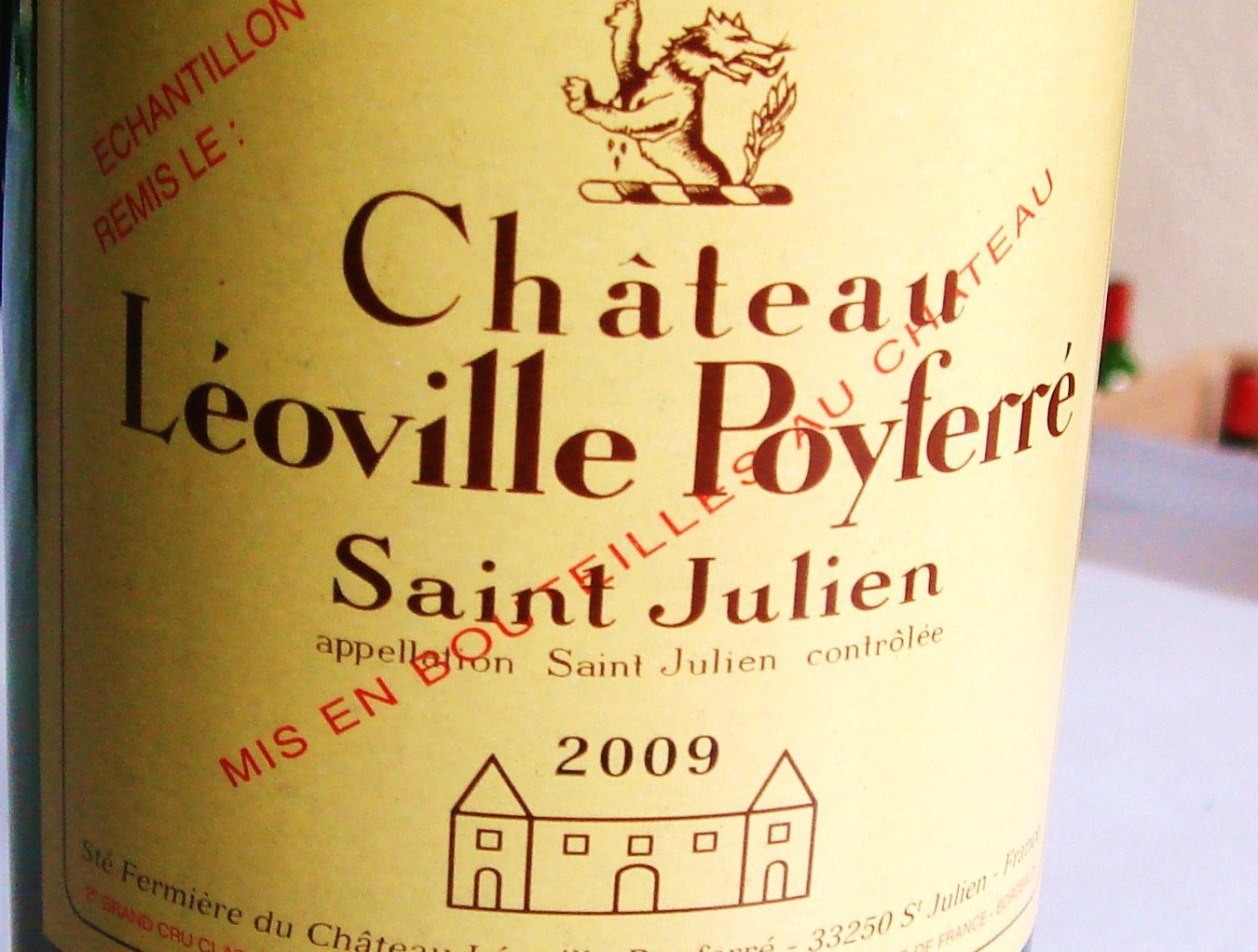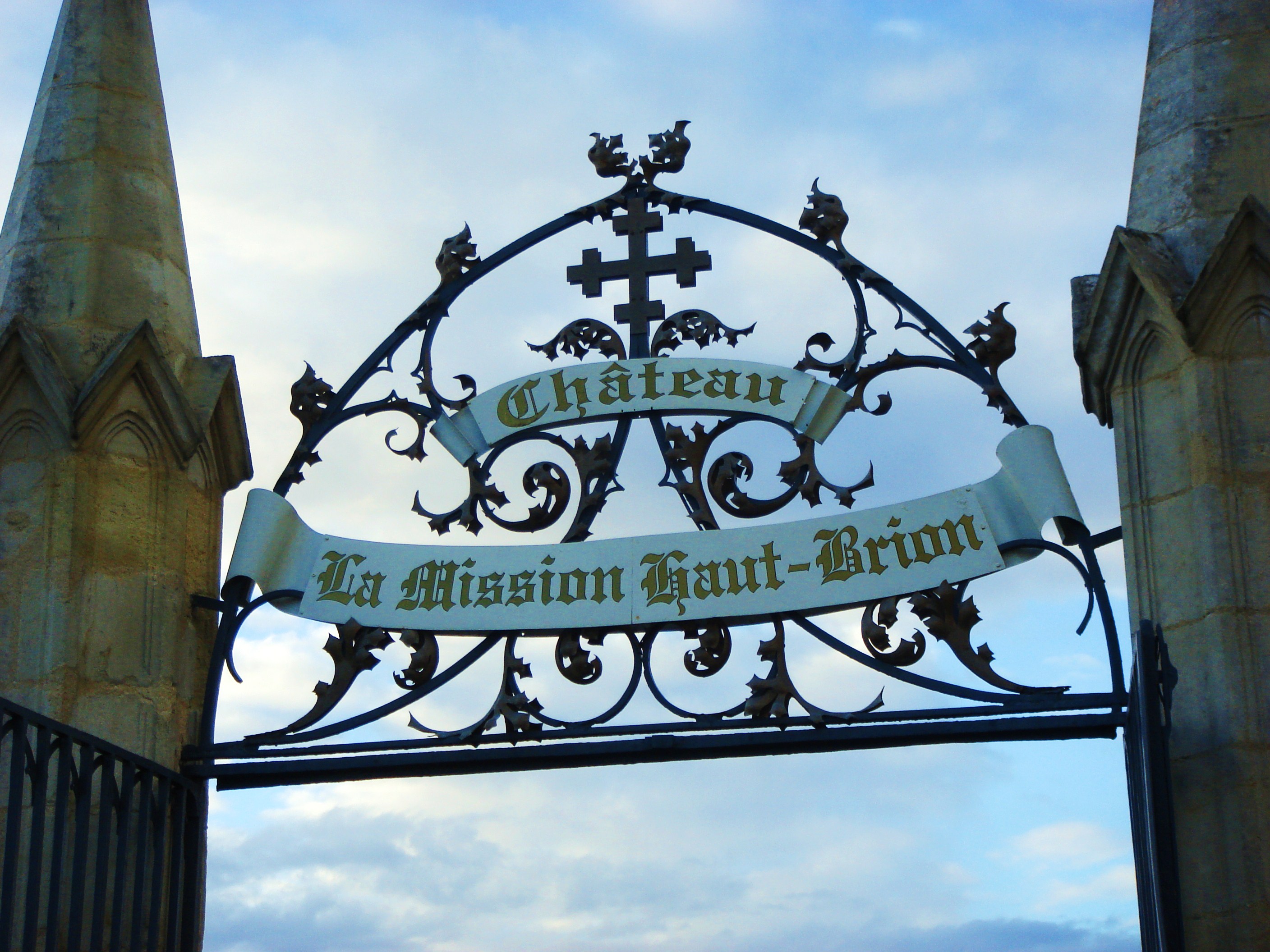Bordeaux 2010 In Bottle: St Estèphe

2010 is a dense long-term vintage here in St Estèphe. At the best of times this appellation produces pretty full throttle wines, so the combination of a drought year with comparatively cool temperatures, certainly compared with 2009, 2005 and especially 2003, has yielded wines here in 2010 of strength – not just alcoholic strength but pretty much on every indicator of grape chemistry – but most particularly, exceptional freshness. It’s acidity as much as anything that is the defining characteristic of this vintage. This feels particularly so in St Estèphe [and Pauillac & St Julien, more on which later]. Yes there’s formidable tannin here, though it feels generally ripe, but it’s the grip and acidity that leaves the biggest impression. This means that the opulence of the wines in St Estèphe in 2009 is replaced in 2010 by minerality, density and grip. It’s a combination that makes these wines feel pretty structured and formidable at present.
Sadly Chateau Montrose, Chateau Calon-Ségur and Chateau Cos d’Estournel don’t show at the UGCB events and you’d expect these to be up there with the other top wines in 2010. I hope to get a look at all these wines soon. I’d also like to see Chateau Meyney, Chateau Haut-Marbuzet and Chateau Le Crock, all of which looked very impressive early on. Nevertheless the St Estèphe chateaux represented at the UGCB event last November look in pretty good order, reflecting the terroir and the vintage, as described above. They are all dense and tannic, with plenty of fruit and acid. The volume is turned up on everything and they all look pretty long term.
There’s certainly a lot of tannin to shed at Chateau Lafon-Rochet and Chateau Cos Labory. If I’m being honest I prefer both of these estates’ 2009s stylistically, but there’s a lot to commend their 2010s. Clearly Lafon-Rochet is the superior wine, but despite the extract, density and fruit stacked in here, there is still dryness on the finish – a combination of the tannin and the grip. Certainly it needs a decade of cellaring, minimum, and it will be interesting to see how it develops. By comparison Cos Labory is more chewy, with a bit less finesse, but it does have all the various elements in spades too.
Chateau Phélan Ségur was the wine that, once again, really knocked me out. This is often a bit reticent during the primeurs week tastings but does it put on weight and polish wonderfully during elévage. There’s lots of refinement here and for me this was the best of the St Estèphe’s on the day. It’s not as knockout as the 2009. It has more tannin and grip in evidence, but there is still real style and finesse here. Still it too needs time to show its best.
Chateau de Pez was attractive in an earthier, more old-fashioned way, and I mean that in the very best sense of being strapping and full, if lacking sophistication. Chateau Ormes de Pez was very dense and tannic indeed. There’s lots of fruit but the tannin and grip make this feel very long-term. A decade, or more, again is needed here for this wine to shed its cloak and come into its own.
A brief word on Ormes de Pez. This is always a great buy and it can be fantastically long-lived. I’ve great memories of a case of the ’82 bought in the mid-eighties that just got better and better. It wasn’t always ideally cellared but that didn’t seem to bother it. I don’t think nuclear war could have shifted it from its path [always a possibility in the eighties]. If you’ve any ’82 Ormes de Pez left yourself, don’t worry about drinking it up. It’s still got years ahead of it I reckon. So given that experience I’m sure the 2010 won’t let you down, but it may very well find it outlives you.
Below are the full tasting notes on St Estèphe from the UGCB event at Covent Garden last November 2012.
Chateau Cos Labory
Deep and dark, glossy; some lift; plums and spices and fruitcake notes; sweet oak too; depth and grip on the palate; structured wine with lots of extract. Chewy tannins. Lacks a bit of finesse but plenty of elements here. 88+
Chateau de Pez
Deep core; glossy looking red; earthy, slightly salty note with some savoury, meaty characters; not unattractive; lots of material and structure and acid on the palate. This should age well and I like the style. Lots of chew and tannin but plenty of fruit. Grippy finish. Not that bad at all. Good value I’d imagine. 88
Chateau Lafon-Rochet
Dense and very ripe looking; blackcurrants and ripe fruit tones; quite solid plate; chewy tannin and real density. Some dryness to the tannin. Lots of material and extract but very dry tannin. Will always be chewy. Prefer ’09 but this is a pretty dense and tannic effort for the long run. 90
Chateau Ormes de Pez
Deep and glossy; some fruit cake elements; some salt and some blackcurrant; little leaf; depth here; attractive. Lots of extract and chew – the material is dense which gives the wine a ballsy, don’t mess edge. Lots of grip too along with the guts. Nose and the mid-palate suggest sufficient fruit here to cover the grip and tannin. Grippy finish. Very long-term. 89+
Chateau Phélan Ségur
Nice depth; deep colour; glossy looking; very attractive blackcurrant nose with earthy, undergrowth edge; very attractive indeed; spicy and rich palate; quite chewy [the vintage] and lots of material but nicely handled. Lacks the flamboyance and phenomenal fruit tones of ’09 but very classic. Chewy finish with some length. Good effort indeed. 91+
Tags: 2010, Bordeaux, Chateau Cos Labory, Chateau de Pez, Chateau Lafon-Rochet, Chateau Ormes de Pez, Chateau Phelan Ségur, St Estèphe, UGCB


